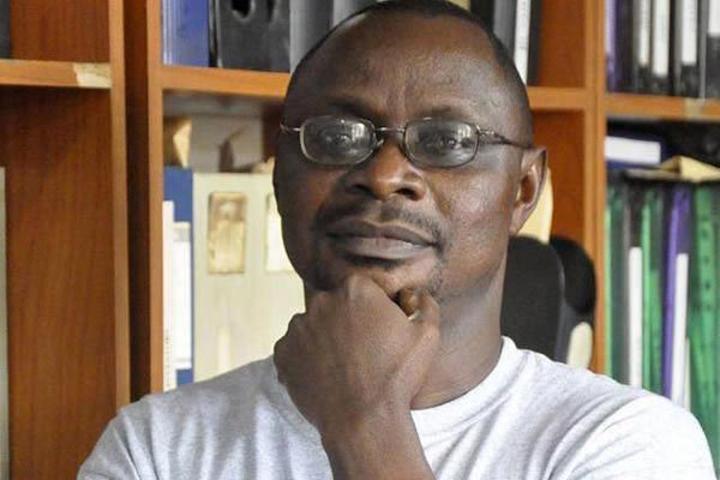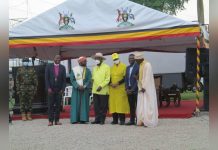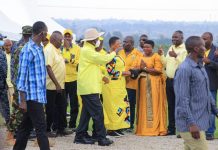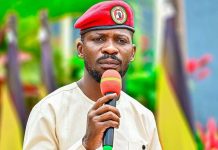Africa-Press – Uganda. Today, Ugandans will commemorate their independence anniversary for the 59th time. I have deliberately avoided the word ‘celebrate’ so I could accommodate angry Ugandans who say there is nothing to celebrate about Uganda’s independence. So, dear reader, let us just commemorate.
But as we commemorate, I request our angry Ugandans to allow me celebrate the art, history and beauty of the Independence Monument on Nile Avenue in Kampala. The Independence Monument is a conspicuous piece of art that has its own story and history. It was unveiled on October 8, 1962, a day before Uganda got her independence from British colonialism.
However, its unveiling was not a turn-key or signal-switch affair. Neither was the event all rosy. Under the glare of cameras, Prime Minister Designate Apollo Milton Obote could not pull the veil down. The reef-knot could not unravel; and a frustrated Obote, manifesting his raw sense of humour, is said to have just joked mishap away: you know, when a child is born, you cannot see it all at once… prompting the officials around to laugh.
It took the intervention of Mr Kalule Settaala, the minister for Culture and Community Development, and a few other officials to unveil the monument. Fifty nine years later, it is not clear whether Ugandans have really had the opportunity to see the whole child (head to toe); if we may squeeze all the juices out of Dr Obote’s joke.
What is certain though is that the failure to unveil the monument, which was wrapped appropriately in the new national colours, must have been the first challenge of nation-building for Uganda. And an ominous one too…
At 29 feet tall, the Independence Monument stands tall as one of the most important icons of Uganda’s history. It is raised on a stone plinth along Nile Avenue, behind Sheraton Hotel facing the Grand Imperial Hotel and Standard Chartered Bank.
During the preparations for the 50th Independence Anniversary in 2012, I attended a meeting in which it was suggested that the Independence Monument would be put on a very high pedestal so it could tower over the neighbourhood properties.
The monument is the work of Gregory Maloba, a former student and Art teacher at Makerere University’s Margaret Trowel School of Industrial and Fine Art.
For the gods, Mr Maloba was a Kenyan (from the Luhya Community). It was modelled on a metal framework and depicts a mother hoisting a child high up. It shows the child’s hands raised upwards in an expression of excitement and freedom.
Mother stands firm on the ground, with both legs apart and straps around the legs and waist. Talking about this posture, Maloba is said to have remarked thus in a 1999 interview: the ‘legs-apart’ position symbolized firmness and the ‘ropes’ around the legs represented the bondage of colonialism out of which Uganda had just emerged.
According to press reports of the time, Maloba was paid a token of £900 for a job he is said to have completed in one month. The monument was placed in what then was called King George V Jubilee Memorial Gardens, replacing the statue of King George V of Britain.
“Maloba portrays the nation’s aspirations, instilling into the minds of citizens a sense of purpose. It is a message to the people. It portrays the past, present and future of the human race,” Obote said shortly before unveiling the monument.
Yet Obote’s message is hardly recognisable today. Even if one were to argue that Uganda does not have a deep-rooted heritage of sculpture as a form of art, the Independence Monument offers Ugandans an opportunity to reflect on the challenge of nationhood and leadership.
Mr Bisiika is the executive editor of the East African Flagpost. [email protected]






